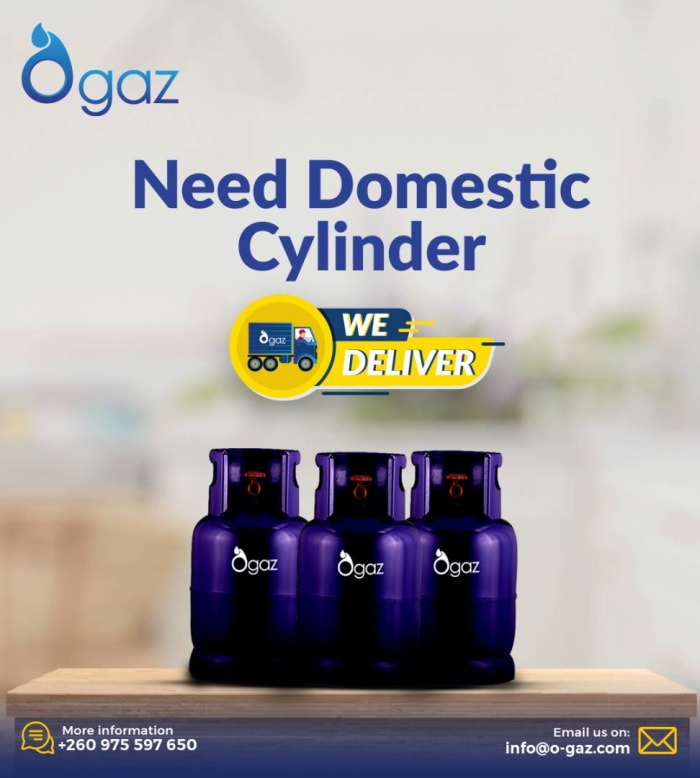
Switch to cooking on clean, efficient LPG gas
Liquefied Petroleum Gas (LPG) has emerged as a highly efficient and popular fuel choice for cooking, offering several benefits that make it stand out from other contemporary cooking methods. One of the primary advantages of using LPG for cooking is its ability to cook meals faster. This is because LPG burns at a higher temperature than most other fuels, enabling it to deliver heat more directly and efficiently to the cooking vessel. This direct and efficient heat transfer significantly reduces cooking times, allowing for quicker meal preparation, which is a boon for busy households and professional kitchens alike.
Switching to LPG gas for cooking not only saves time but also contributes to a cleaner and more controllable cooking environment. Unlike traditional solid fuels or kerosene, LPG combustion is cleaner, producing less soot and no smoke, which means a healthier environment in the kitchen and less time spent on cleaning up. Furthermore, the ability to precisely control the flame with LPG stoves allows for better temperature management, ensuring that food is cooked perfectly every time. This level of control is particularly beneficial for recipes that require precise heat settings, contributing to improved cooking outcomes.
Making the switch to LPG gas for cooking is a wise decision that can lead to more efficient use of time, energy, and resources. With the convenience of faster cooking times, cleaner energy, and precise temperature control, LPG gas is a modern solution that caters to the demands of contemporary cooking. Whether you are a home cook looking to improve your kitchen’s efficiency or a professional chef seeking more control and cleaner energy for cooking, LPG gas offers a compelling option worth considering.

